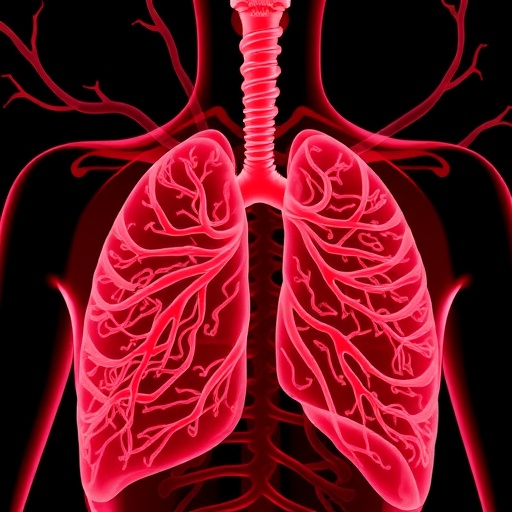TUCSON, Ariz. — How many ways can you think of to stress out a horse? Trailering, bathing, clipping, vet visits, hoof trims, bridling, saddling — the possibilities are endless. Unfortunately, calming options are not. Thanks to research conducted at the University of Arizona, horsemen and horsewomen have a new tool to help manage equine stress, and it's as simple as a sniff. A sniff of lavender, that is.
Research recently published in the Journal of Equine Veterinary Science found significant signs of stress reduction in horses that inhaled lavender from a diffuser. The study was conducted by Isabelle Chea, a then-undergraduate honors student at the UA, and Ann Baldwin, UA professor of physiology and psychology.
"Horses can be under a lot of stress, so I was interested in seeing if aromatherapy could help in reducing stress," said Chea, who had never been around horses before taking Baldwin's course, Physiology of Mind Body Interactions, at the UA in Tucson, Arizona.
During the class, Baldwin uses horses to teach students about heart rate and heart rate variability, which is a measure of the variation in time between each heartbeat. Both are indicators of the level of stress a person or animal is experiencing, though heart rate variability is a much more sensitive measurement.
Heart rate was the focus of a limited amount of prior research on the use of aromatherapy to calm horses in the presence of a stressor, such as trailering. In one study, horses were startled by an air horn and then provided with humidified lavender air. The horses' heart rates increased in response to the air horn but returned to normal more quickly in those that inhaled lavender.
None of the studies looked at a horse's response to aromatherapy in the absence of an imposed stressor, though, and none measured heart rate variability.
"We wanted to test regular horses that aren't stressed out by external forces," said Baldwin, who rides dressage on her 18-year-old quarter horse, Major. "Some horses and some breeds, it's just in their nature that they are more stressed. So, we wanted to use horses that were not being scared deliberately to see what effect, if any, the aromatherapy had on them."
Baldwin enlisted the help of other owners at her boarding stable to put together a group of nine dressage horses of varying breeds and ages. Each horse was led to a small paddock and held by a volunteer while a diffuser containing lavender essential oil was held near the horse's nose. A monitor tracked heart rates and heart rate variability for 21 minutes total — seven minutes before the introduction of the diffuser, seven minutes with the diffuser in close proximity, and seven minutes after it was removed.
"The heart rate didn't change; what changed is what's called the parasympathetic component of heart rate variability," Baldwin explained. "One of the parameters of heart rate variability is RMSSD, and that represents parasympathetic input, which is the relaxation part of the autonomic nervous system. If RMSSD goes up, that indicates the horse is relaxed. We found that when the horses were sniffing the lavender, RMSSD significantly increased compared to baseline."
The data were supported by the horses' observed behavior, which often included relaxation signals such as neck lowering and licking and chewing while the lavender was being inhaled.
The experiment was repeated with water vapor and chamomile, neither of which produced a similar calming effect or increase in RMSSD.
"We did get a calming effect with the lavender, but when we measured afterward, we no longer had the effect," Baldwin said. "So, it's just during the sniffing of the lavender that we see this calming effect."
The research has direct implications for horsemen and horsewomen who may be looking for new or natural ways to calm an anxious or nervous horse. Traditional tranquilizers often have long-lasting effects, while lavender can be used precisely and exactly when needed.
"Some horses don't like to be shod. So, when the farrier comes and starts banging around with their hooves, it would be good for that," Baldwin said, giving a practical example of how lavender aromatherapy could be used in the barn. "You don't need a diffuser, really. Just put a few drops of lavender essential oil on your hand and let your horse sniff."
Baldwin says future research projects could examine the effectiveness of aromatherapy for horses using other scents or doses. When it comes to lavender, though, the research is clear. A sniff is all it takes to calm an anxious equine.
###
Media Contact
Stacy Pigott
[email protected]
520-626-4405
@UofA
http://uanews.org
http://dx.doi.org/10.1016/j.jevs.2018.05.213




